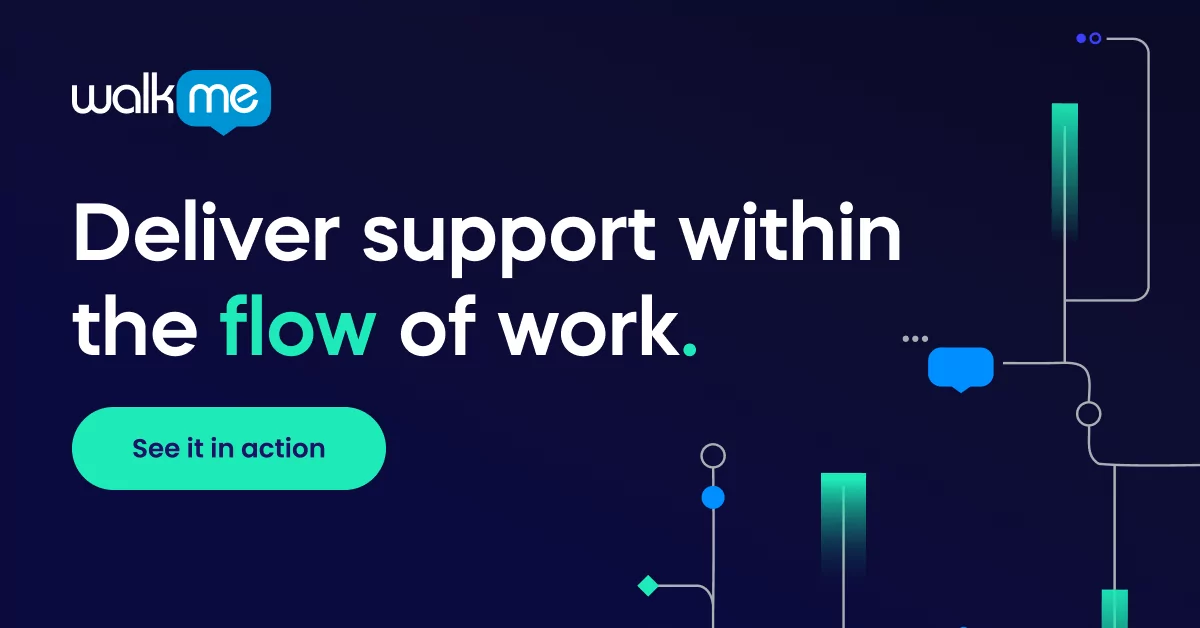Employee mental health has historically been considered a taboo subject for most managers and business leaders. They preferred to focus on work while leaving emotions out of the equation. But with COVID-19, attitudes have shifted.
Awareness of mental health and the need to support employees has increased as a result of the pandemic. Many companies are now actively learning how to provide support for their workforce.
When considering what actions to take, it is first important to understand how COVID-19 affected workers’ mental health, what employees want from their employers, and what type of support can be provided.
Employee mental health, COVID-19, and the workplace
COVID-19 has dramatically affected virtually every industry and work environment, changing not only the way people work, but the way they interact. Social distancing, working from home, financial uncertainty, health concerns, and personal experience with COVID-19 are just a few of the many factors that have impacted the workforce and the workplace.
For many, the difficulties associated with these effects, such as social isolation, have caused or exacerbated mental health issues. One study found that the prevalence of depression symptoms in the US was more than three times greater during the COVID-19 pandemic than before 2020.
Despite these negative sentiments, some of which are a result of telecommuting and social isolation, many employees enjoy remote work and want to continue working from home (at least some of the time).
Others, however, are ready to return to the office, and these divided opinions have given rise to the hybrid office model, which allows for both onsite and remote work.
Although workplaces may return to normal—or a “new normal,”—the lingering effects of COVID-19 will be with us for some time.
The impact on employees’ mental health, for instance, could continue to influence their levels of engagement, their productivity, moods, and attitudes. These reactions can reverberate to sway HR metrics, such as recruitment costs and employee retention, if not organizational effectiveness.
A number of companies that recognize these impacts are therefore developing work environments that are more conducive to employees’ positive mental health.
How to create a supportive work environment in the post-COVID era
There are a number of ways an employer can support mental health, while still respecting the privacy and personal boundaries of their employees.
Here are a few examples:
Health benefits
Health benefits can go beyond the standard benefits, such as medical and dental.
Employee assistance programs (EAPs), for instance, are benefits packages that cover non-medical treatments such as counseling for mental health, substance abuse, and workplace conflict.
Corporate wellness programs are programs that, as the name suggests, are designed to elevate the physical health of employees. Yoga and exercise classes, meditation sessions, and other healthy activities are typically included as parts of these programs.
The work environment
The work environment itself is another area that can impact employees’ mental health, either for the better or for worse.
Outdated equipment, a poor office design with lackluster décor, and a variety of other aspects of the work environment can all affect employees’ mood and morale. This can, and generally will, influence their emotional and mental attitudes in the workplace.
It is also important to be aware that since today’s employees spend most of their time working in software, the digital employee experience also has a major impact on employees’ state of mind.
Meaning
It is commonly known among HR professionals that employees who find meaning in their work are more engaged, productive, and satisfied.
Having a sense of purpose, such as helping others, is one way to help workers find meaning in their jobs.
Job-person fit is another factor that can affect employees’ sense of meaning and fulfillment. Hiring the right people for the right jobs can positively impact the moods and attitudes both of those individual workers and within the workplace.
Incentives
There are a wide range of other perks that can positively influence employees’ mindsets, such as compensation, career development opportunities, promotional opportunities, learning opportunities, flex work, and remote work.
Although many employers once felt that certain perks, such as remote work, lowered employee productivity, the opposite has been found to be true—these perks positively affect the workforce, enhance productivity, and attract top talent.
Culture
Organizational culture consists of beliefs, attitudes, and tangible manifestations of the culture, such as social norms and dress codes.
Today, organizational culture change has become a central focus for many companies that are intent on adapting to today’s fast-paced economy, since certain cultural styles are more suited to the digital era than others.
It is also important to be aware, however, that culture fit also plays a key role in employees’ satisfaction with their work environment. A wrong fit can create unnecessary ongoing friction that negatively affects employees, their engagement levels, and their mindsets.
Final thoughts
As we have seen, although mental health has always affected employee performance and engagement, its underlying impacts have largely gone unnoticed or been ignored by many employers.
While direct intervention in an employee’s health or mental health would rightly be viewed as invasive, it is also true that employees’ wellbeing affects the workplace and job performance.
By investing in some of the activities covered above, employers can provide support to the workforce and their mental health, which can positively impact employee performance and the organization’s performance as a whole.


